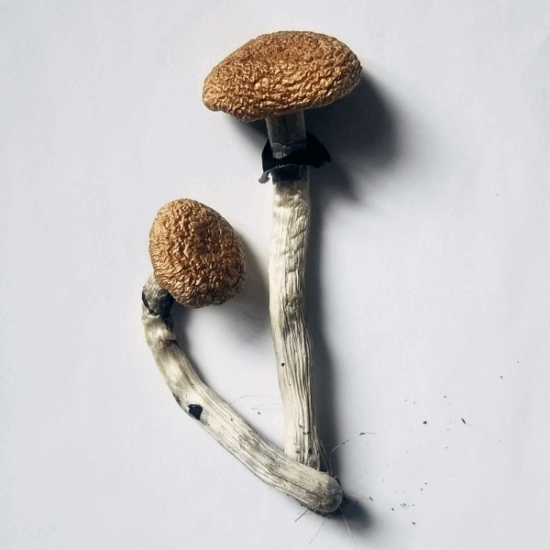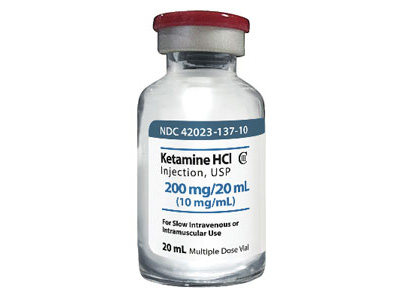Description
Buy 4-ACO-DMT Online – The Ultimate Guide to Psilacetin (O-Acetylpsilocin)
If you’re looking to buy 4-ACO-DMT online, you’ve come to the right place. 4-Acetoxy-N,N-dimethyltryptamine (commonly known as 4-ACO-DMT, Psilacetin, or O-Acetylpsilocin) is a synthetic psychedelic compound closely related to psilocybin, the active ingredient in magic mushrooms.
What is 4-ACO-DMT?
4-ACO-DMT is a prodrug of psilocin, meaning it converts into psilocin in the body, producing effects similar to those of psilocybin mushrooms. It was first patented by Sandoz Ltd. in 1963 but gained popularity in the research chemical market due to its potency, consistency, and ease of use compared to natural mushrooms.
Key Features of 4-ACO-DMT:
✔ Psychedelic Effects: Visual distortions, deep introspection, euphoria
✔ Duration: 4-6 hours (similar to psilocybin mushrooms)
✔ Dosage Range: 10-30mg (oral) for moderate effects
✔ Legal Status: Unregulated in many countries (check local laws)
Effects of 4-ACO-DMT
Users report effects nearly identical to psilocybin mushrooms, including:
-
Visual hallucinations (enhanced colors, geometric patterns)
-
Euphoria & emotional openness
-
Spiritual or mystical experiences
-
Altered perception of time & space
-
Possible nausea (less common than with mushrooms)
Some users claim 4-ACO-DMT feels smoother than psilocybin, with less body load and a more introspective headspace.
4-ACO-DMT vs. Psilocybin vs. 5-MeO-DMT
| Compound | Effects | Duration | Intensity |
|---|---|---|---|
| 4-ACO-DMT | Mushroom-like, visual, introspective | 4-6 hrs | Moderate |
| Psilocybin | Natural, earthy, spiritual | 4-7 hrs | Moderate |
| 5-MeO-DMT | Overwhelming, breakthrough, non-visual | 10-20 min | Extreme |
Dosage Guidelines
| Dosage (Oral) | Effects |
|---|---|
| 5-10mg | Mild, mood enhancement |
| 10-20mg | Moderate visuals, introspection |
| 20-30mg | Strong hallucinations, deep trip |
| 30mg+ | Intense, potentially overwhelming |
Note: Always start with a low dose to assess tolerance.
Why Buy 4-ACO-DMT Online?
✅ Consistent purity (no variability like mushrooms)
✅ Discreet & easy to dose (powder or capsules)
✅ Research chemical applications
✅ Alternative to psilocybin for therapeutic use
Other Popular Research Chemicals & Medications
-
5-MeO-DMT – Powerful short-acting psychedelic
-
DMT – Classic breakthrough psychedelic
-
Psilocybin Mushrooms – Natural psychedelic
-
LSD – Long-lasting hallucinogen
-
Ketamine – Dissociative anesthetic
Safety & Legality
⚠ 4-ACO-DMT is not approved for human consumption and is sold for research purposes only.
⚠ Check your local laws before purchasing—it may be controlled in some regions.
⚠ Always test your substances with a reagent kit.
Where to Buy 4-ACO-DMT Online?
For high-quality 4-ACO-DMT, 5-MeO-DMT, and other research chemicals, visit:
🔗 Buy 4-ACO-DMT Online
🔗 Buy 5-MeO-DMT Online
🔗 Buy Psilocybin Mushrooms
Explore our full catalog for psychedelics, nootropics, and prescription medications at Online RX Shop.
Final Thoughts
4-ACO-DMT is a versatile and potent psychedelic that offers an experience similar to magic mushrooms but with more consistency and convenience. Whether for research, therapy, or personal exploration, it remains a popular choice among psychonauts.









Reviews
There are no reviews yet.